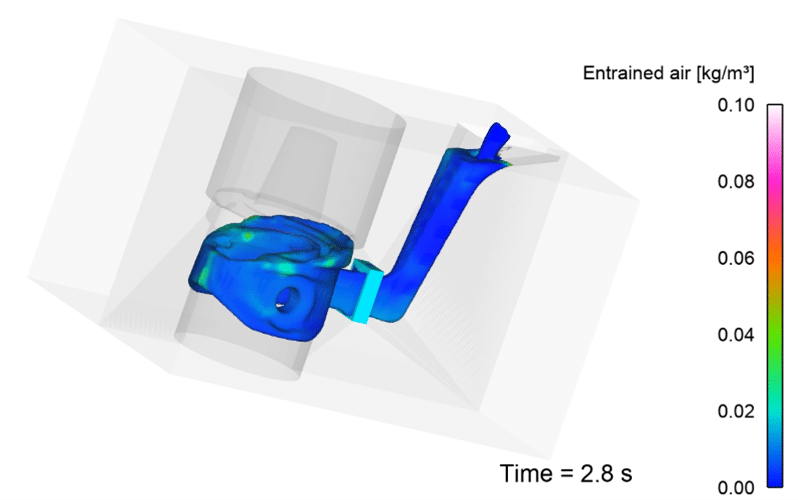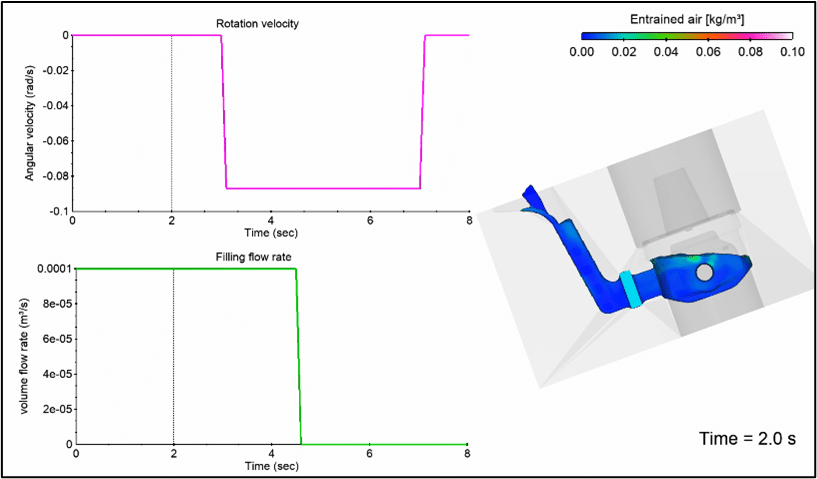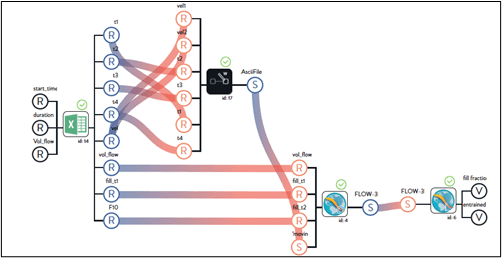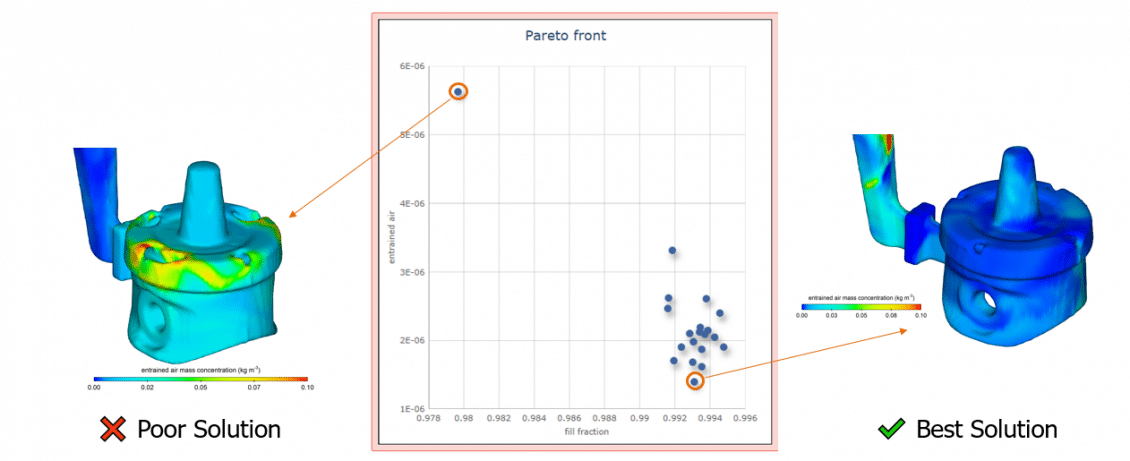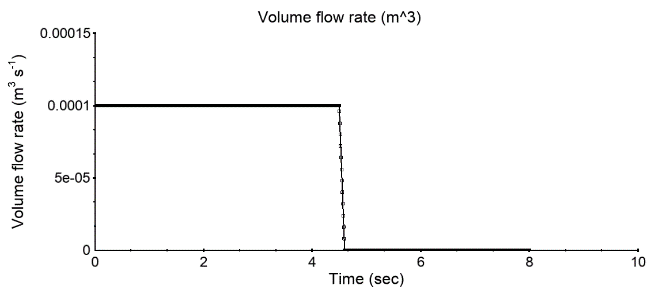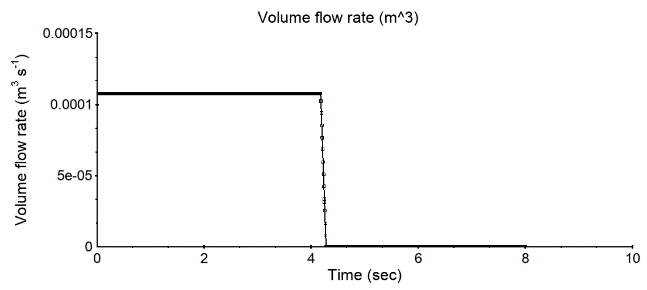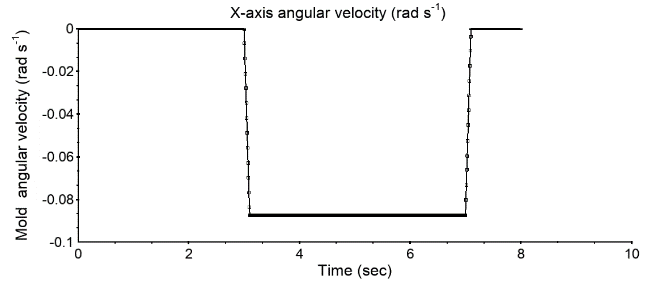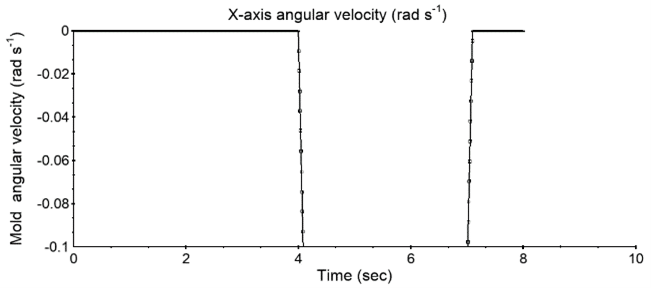
Optimization of a Tilt Pour Casting
Optimization Goal
Optimize a tilt pour casting of a combustion engine piston to minimize air entrainment.
Engineering Challenge
The objective of this optimization is to minimize the amount of air entrainment and turbulence during a tilt pour casting. This objective will be achieved by modifying the profile of the tilt filling motion. Minimizing air entrainment and turbulence will reduce the possibility of defects being introduced into the casting. Additionally, optimizing the filling parameters can increase quality without an increase in costs.
Optimization Solution
Generate a workflow that allows a user to run multiple iterations of a tilt pour casting simulation. FLOW-3D (x) uses nodes to construct automated workflows for the optimization. Three process variables (start of rotation, duration of rotation, and volume flow rate) serve as variable inputs and are varied for each iteration of the simulation.
FLOW-3D (x) Workflow
The Excel spreadsheet node is used to define a table of the start and duration of the mold rotation, and the volume flow rate of the filling profile. A calculator node converts the profile description into a movin.inp file that prescribes the ladle motion. Next, a FLOW-3D node is used to execute the simulations. The output of each simulation is the total fill fraction and entrained air volume fraction, which is extracted from the results by the post-processing node. The fill fraction is used as a dynamic termination condition for the simulation, to ensure the mold is completely filled. A budget, or number of simulations allowed for the optimization study, is set to thirty. A single simulation run is around 15 minutes.
Optimization Results
Using FLOW-3D (x)’s data analysis tools, a Pareto front graphical representation of the results reveals which simulation corresponds to the optimal filling profile with the least amount of entrained air and the highest fill fraction. The simulations and iterative design features are all generated autonomously by FLOW-3D (x). Additionally, images and videos of each individual simulation can be set to output.
Here is a comparison of the original pour rate and pour duration (left side) and the optimized values on the right. Notice that the pour rate is increased slightly and the pour is completed slightly earlier.
Here is a comparison of the original mold rotation rate and duration (left side) and the optimized values on the right. You can see that the rotation rate increased and the rotation is of a shorter duration than the original.
To learn more about FLOW-3D (x), contact our technical sales team.
